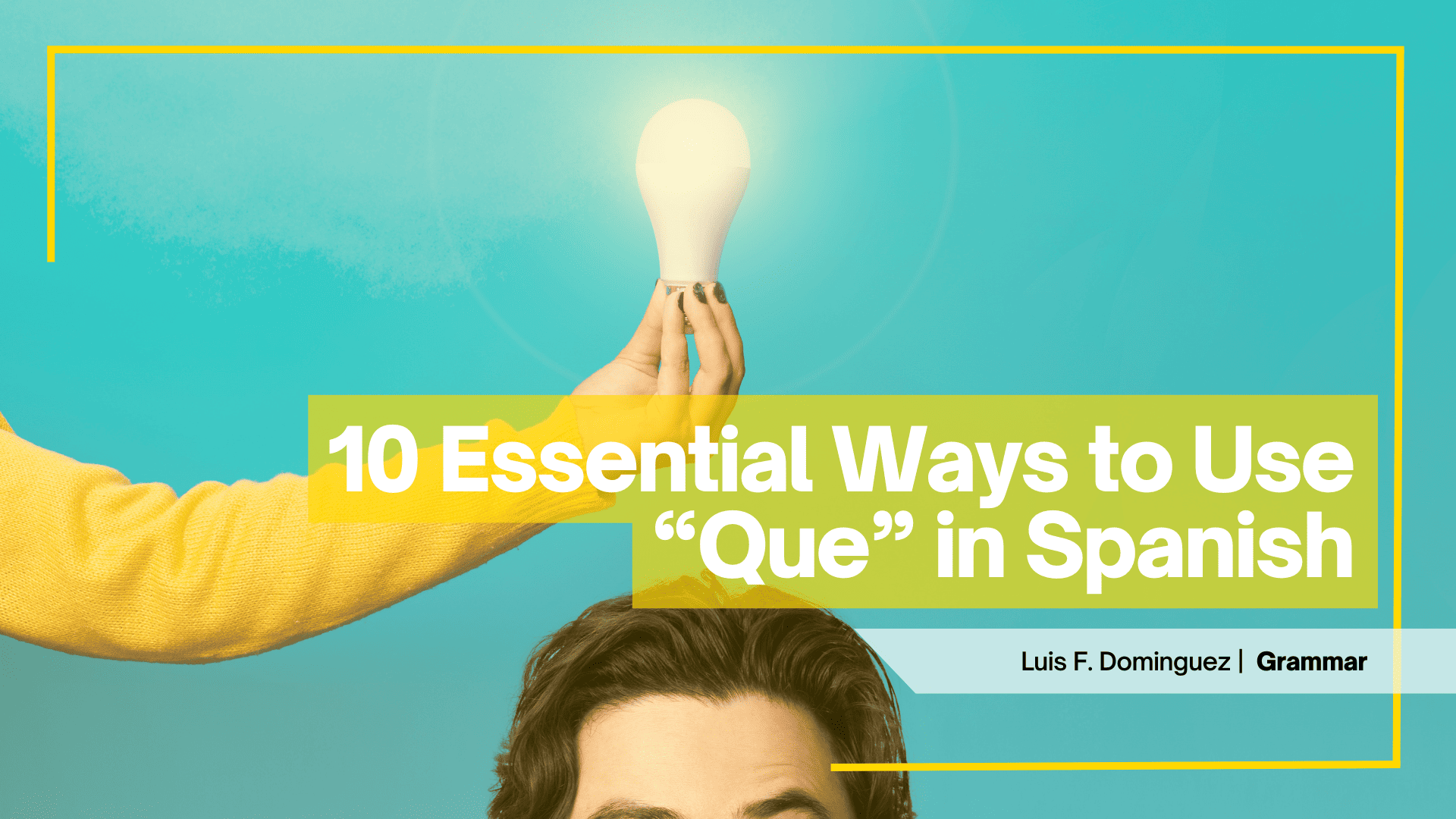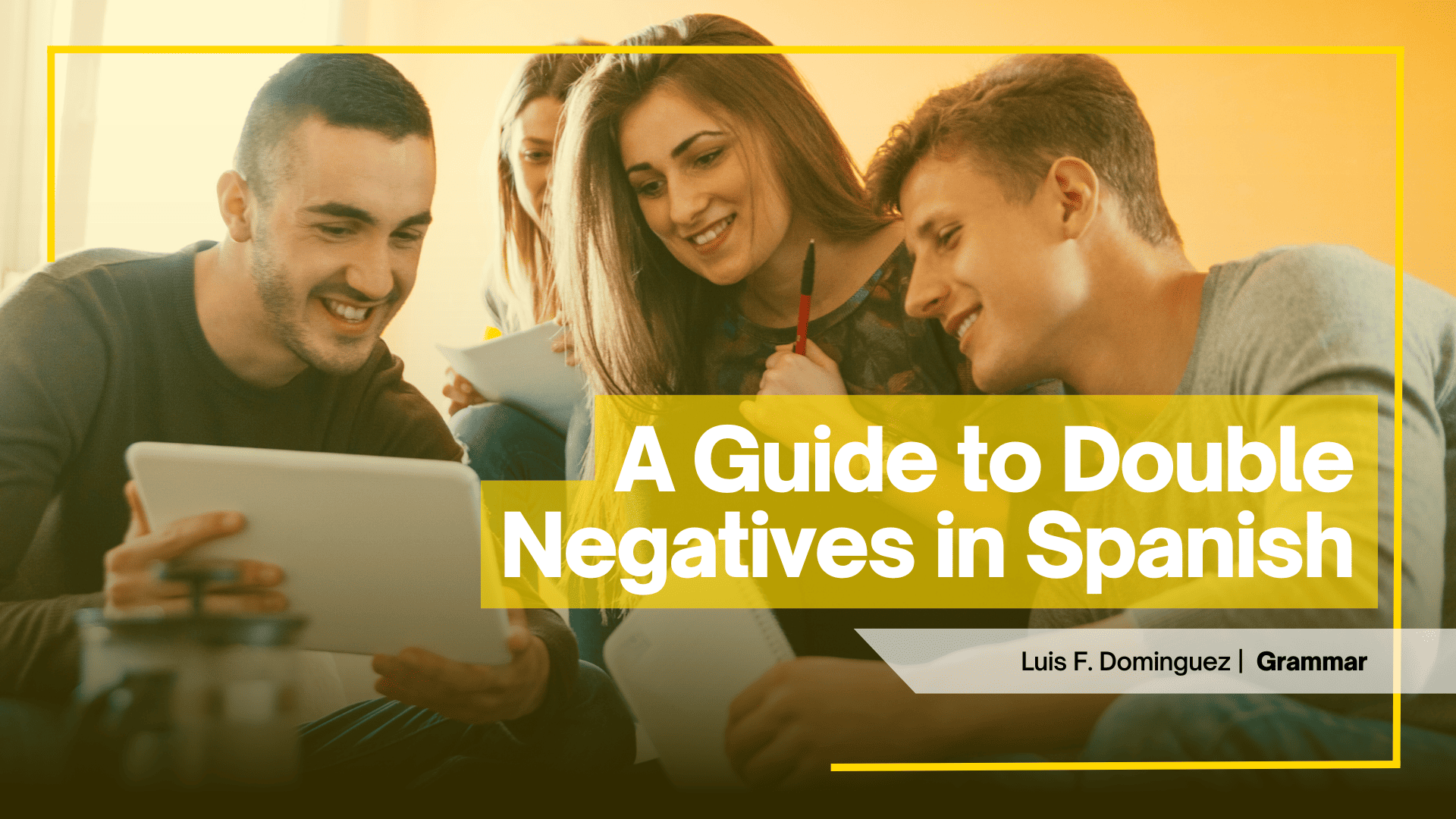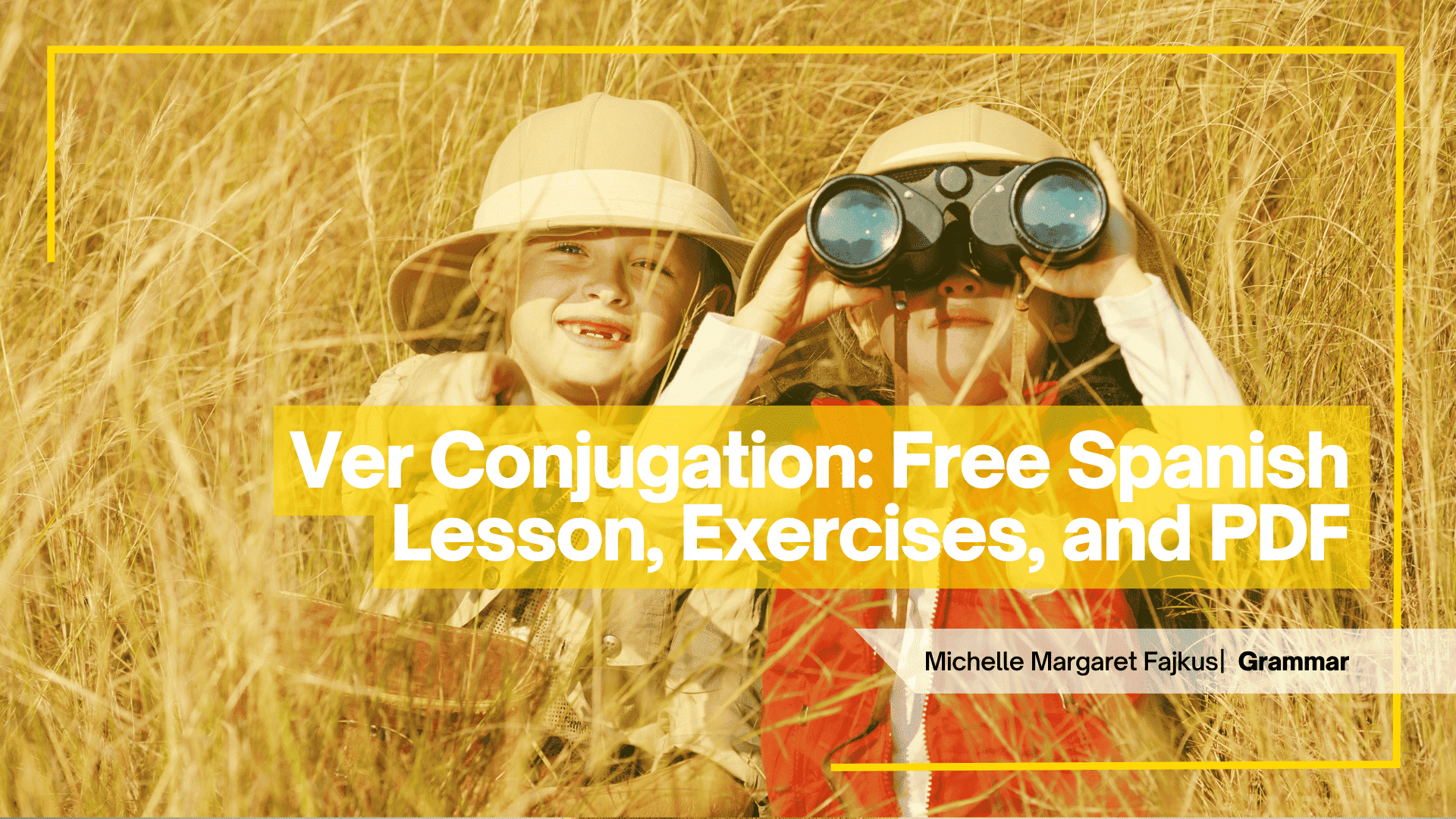
Avoiding Embarrassing Mistakes: Common False Friends in Spanish
Learning Spanish as an adult can be an exciting journey. However, one of the trickiest parts is learning to trust (or rather, not trust) words that look familiar. These little traps are called “false friends,” and they can easily turn a simple conversation into a comedy of errors. Imagine telling someone you’re “embarazada” when you’re just a little...Read More
Can You Learn Spanish Without Studying Grammar? Yes! Here’s How
Hate worksheets? You can still become fluent with the right kind of practice.If the thought of conjugation charts and grammar drills makes you want to close your laptop, you’re not alone. For many adults learning Spanish, the idea of going back to “school-style” language learning is what stops them from starting at all. But here’s the good news: you can absolutely become conversational in...Read More
Llegar vs Llevar in Spanish: What’s the Difference?
Llegar vs llevar. Do they sound similar to you? That might be the case, but today you’ll see that these two verbs have very little in common. They only seem similar because of how they sound. Let’s have a look now at all the shades of meanings of llegar vs llevar with many example sentences. I’ll also show you how to conjugate these -AR verbs in some basic tenses. Let’s...Read More
10 Essential Ways to Use “Que” in Spanish
Have you ever wondered how to use “que” in Spanish? It seems like a small and pretty insignificant word, right? Well, you’ll be amazed to discover how many different ways you can use it and how its meaning changes depending on how you use it. “What?!” you may say. Yes. Just look back at the title. So, keep reading to learn about the extraordinary que,...Read More
50 Useful Spanish Transition Words for Everyday Speech and Writing
You use transition words regularly in your everyday speech and writing, whether you recognize it or not! In every language, transition words are beautiful tools that help us to connect our ideas and give a natural flow to the rhythm of our speech—and they’re vital to learn to improve your Spanish fluency. Keep reading to learn all there is to know about transition words in...Read More
Master the 18 Spanish Tenses (and Take Our Cheat Sheet With You)
What if I told you that the key to achieve your language learning goals resides in mastering the 18 Spanish tenses? I’m not exaggerating—if you master today’s post, you’ll master all Spanish conjugations and with that, most of your current mistakes when writing and speaking in the language will be gone. Keep reading to discover what the Spanish tenses are, how to...Read More
All About Adverbial Clauses in Spanish
There is time in every Spanish learner’s life when you need to go through the adverbial clauses. Students fear it before even starting the topic, but I’ll show you that it’s totally unnecessary. The adverbial clauses in Spanish are quite logical in their use, and I’m sure you will learn quickly and start using them sooner than later. First, I’ll remind you what an adverb and clause is, and...Read More
The Ultimate Guide to the Differences Between ‘Pero’ and ‘Sino’ in Spanish
The difference between pero and sino in Spanish is real, although both of these words translate to “but” in English. Many students of Spanish struggle with the distinction, and even native Spanish speakers make mistakes with the use of these conjunctions. However, it’s easy to learn when you should use pero in Spanish and when to use sino in Spanish. Don’t believe me?...Read More
A Guide to Double Negatives in Spanish
“We don’t need no education.” Pink Floyd Did you know that one of the most famous lyrics in the history of rock is grammatically incorrect? What a bummer, right? However, if Pink Floyd were a Spanish band suddenly this problem would simply go away. Why? Because in English double negatives aren’t considered correct, but we love double negatives...Read More
